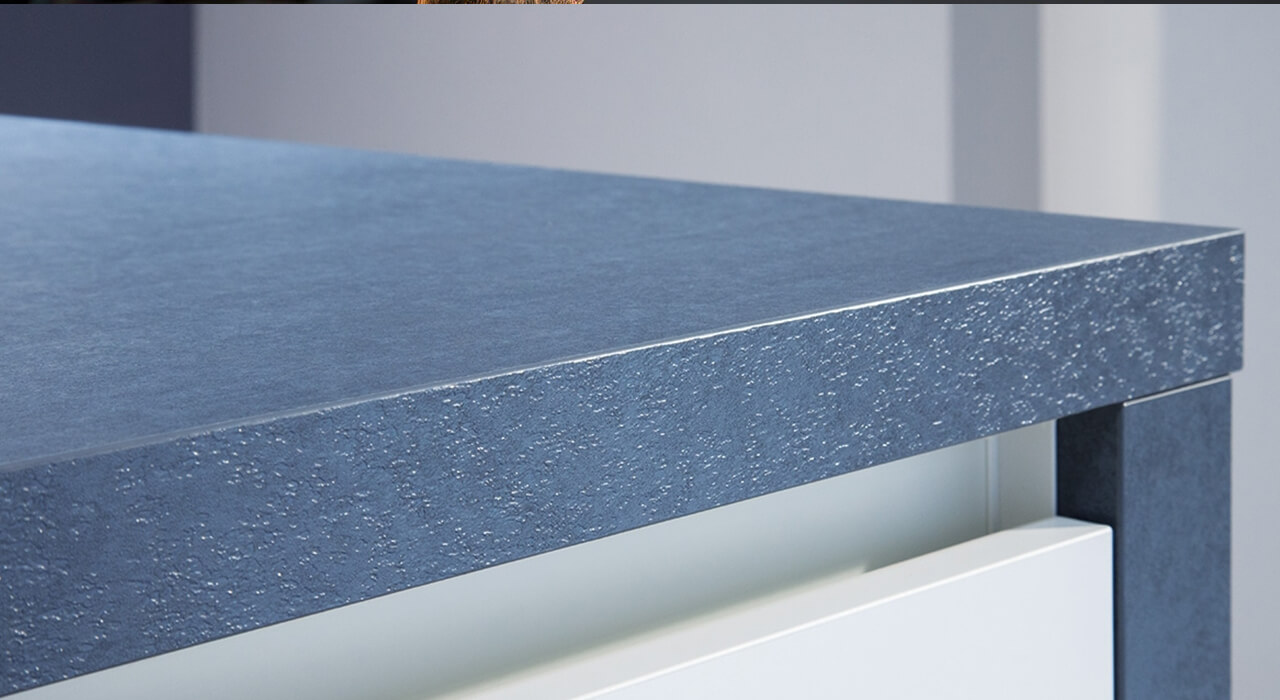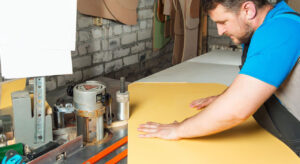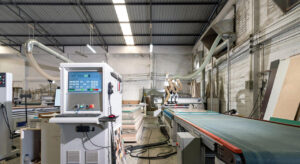In the world of cabinetry, millwork, and high‑end furniture production, the quality of an edge finish is paramount.
Manufacturers are continually seeking methods that deliver not only aesthetic excellence but also long‑term durability and operational efficiency.
Zero joint edge banding represents a breakthrough technology that has revolutionized edge finishing by eliminating traditional adhesives.
This article delves into every facet of zero joint edge banding—from its underlying technology and benefits to a comparison with traditional methods, real‑world applications, technical considerations, cost analysis, and future trends.
Go on.
Featured Resource
Table of Contents
1. Introduction
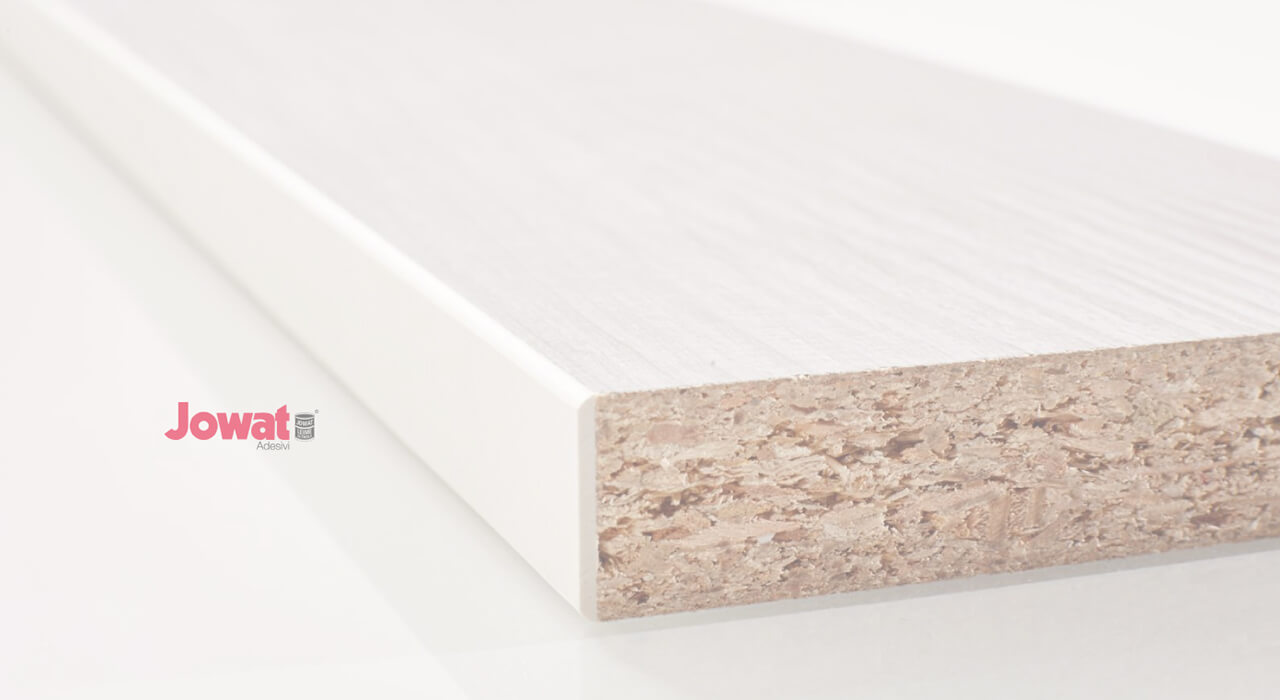
Manufacturers in the woodworking and cabinetry industries are under constant pressure. They need to deliver superior quality Cabinets and Furniture that meet the modern design and rigorous performance standards.
Traditional edge banding methods, which rely on adhesives such as EVA or PUR glue, often lead to visible glue lines, delamination over time, and significant maintenance challenges.
This is where zero joint edge banding comes into play.
Zero joint edge banding uses an innovative adhesive‑free process that creates an invisible, seamless bond between the edge banding material and the substrate.
By employing a pre‑applied functional layer activated by heat (via laser, hot‑air, or near‑infrared), this technology not only enhances the aesthetic appeal of the final product but also delivers enhanced durability, energy savings, and lower maintenance costs.
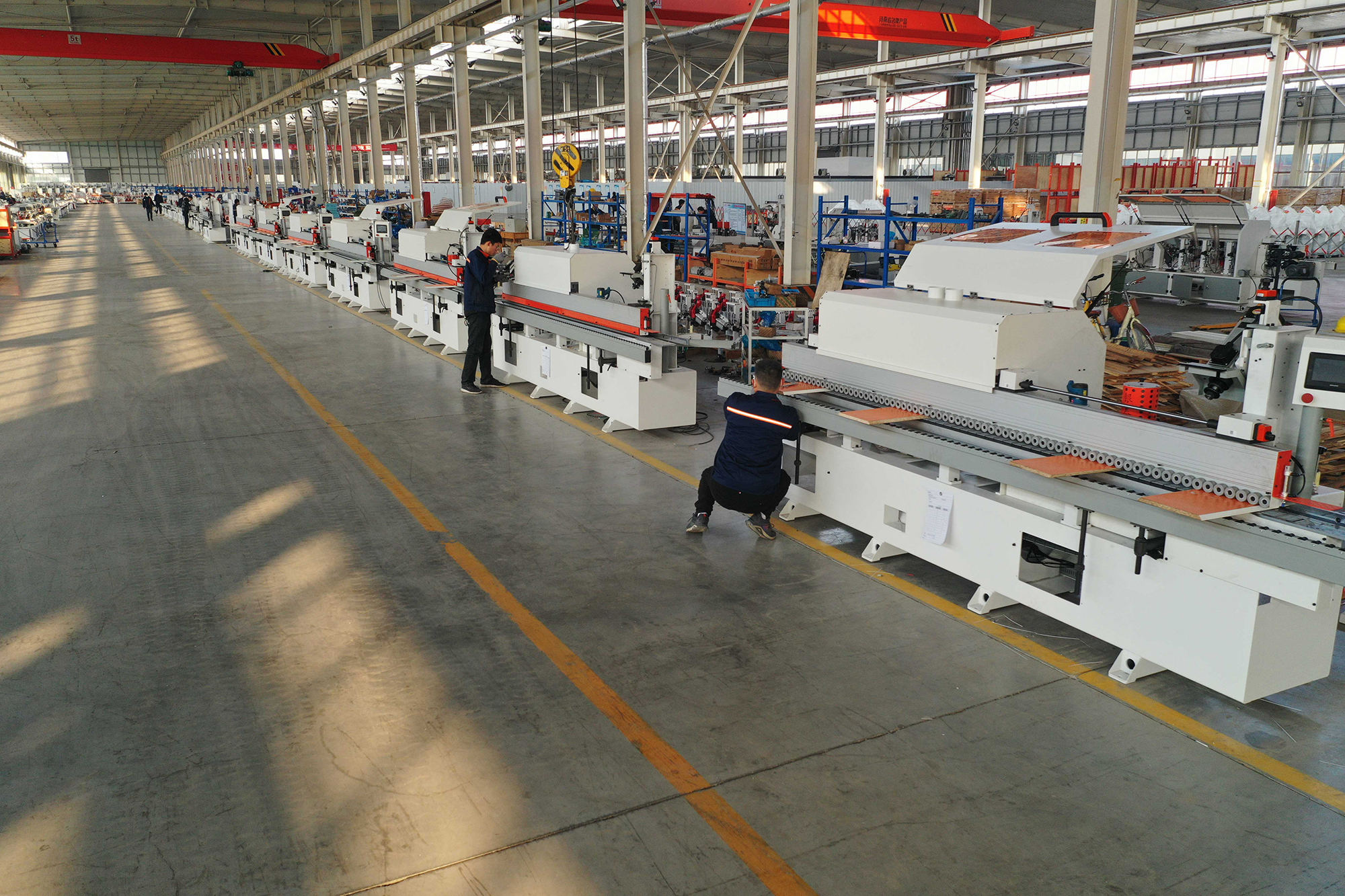
2. What Is Zero Joint Edge Banding?
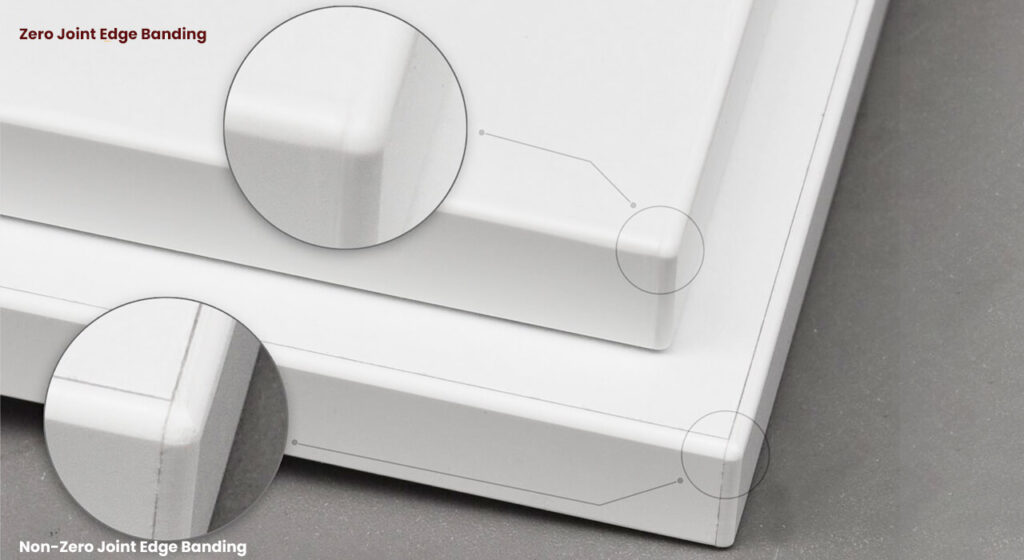
Zero joint edge banding is a method of applying edge banding to panels without using traditional adhesives.
Instead, it uses a pre‑applied functional polymer layer that, when activated by heat, fuses with the substrate to create an invisible, durable bond.
Defining Key Concepts
-
Zero Joint: This term refers to the final appearance of the product—an edge where the joint between the board and the banding is undetectable to the naked eye.
-
Functional Layer: A specially formulated polymer (commonly polypropylene or ABS) that is co‑extruded onto the edge banding material. When heated, this layer melts and bonds with the panel.
-
Adhesive-Free Process: Unlike conventional methods that rely on glue, Zero joint technology eliminates the need for additional adhesives, reducing issues such as yellowing, shrinkage, and the collection of dirt along glue lines.
3. The Zero Joint Process: How It Works
The process of zero joint edge banding is an integration of advanced materials science with precision engineering.
Here’s a detailed step‑by‑step look at the process:
3.1. Pre‑Applied Functional Layer
Manufacturers produce edge banding with a pre‑applied functional layer.
This layer is co‑extruded during production so that every piece is uniformly coated with a thin polymer film.
Common materials include polypropylene and ABS, selected for their excellent melting properties and durability.
3.2. Heat Activation
The edge banding is then applied using machines equipped with heat activation technology.
Depending on the system, heat may be supplied via laser, hot‑air, plasma, or near‑infrared (NIR).
When activated, the functional layer melts and becomes fluid, allowing it to seamlessly fuse with the substrate.
3.3. Fusion and Bond Formation
3.4. Trimming and Finishing
After the bonding process, the excess material is trimmed away with precision.
Modern machines ensure that the final edge is perfectly aligned and uniform, with a high‑quality finish that meets even the most exacting standards.
4. Zero Joint Edge Banding Benefit
Zero joint edge banding offers several significant advantages over traditional glue‑based methods.
The benefits span across aesthetic, operational, and financial dimensions.
4.1. Seamless, Monolithic Appearance
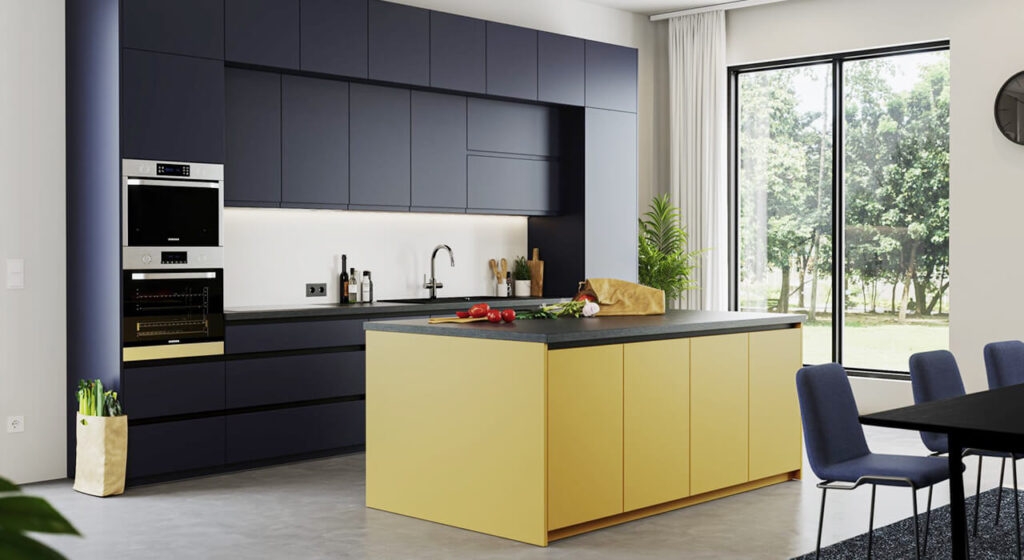
-
Flawless Finish: The fusion process creates an edge that appears as one continuous surface. There are no visible glue lines, ensuring a high‑end look that is essential for luxury furniture and cabinetry.
-
Enhanced Design Flexibility: With hundreds of available colors, manufacturers can perfectly match the edgeband to the substrate, providing endless design possibilities.
4.2. Enhanced Durability and Performance
-
Superior Bond Strength: The melted functional layer forms a bond that is often equal to or stronger than that produced by traditional adhesives.
-
Heat and Moisture Resistance: Zero joint edge banding is especially well‑suited for environments subject to high temperatures and moisture. This makes it ideal for kitchens, bathrooms, healthcare facilities, and commercial spaces.
-
Reduced Delamination: Without the potential for adhesive shrinkage or deterioration, the bond remains intact over time, minimizing the risk of delamination.
4.3. Health, Safety, and Environmental Benefits
-
Reduced Chemical Exposure: Eliminating hot adhesives reduces the risk of harmful fumes and skin burns, improving workplace safety.
-
Hygienic Surfaces: Seamless joints do not trap dirt or bacteria, making the final product easier to clean and maintain—a crucial factor in healthcare and foodservice applications.
-
Eco-Friendly Approach: Using non‑PVC, eco‑friendly polymers like polypropylene supports sustainable production practices.

5. Zero Joint Edge Banding vs. Traditional Adhesive Methods
Understanding the differences between zero joint edge banding and traditional glue‑based methods is crucial when deciding which technique best suits your production needs.
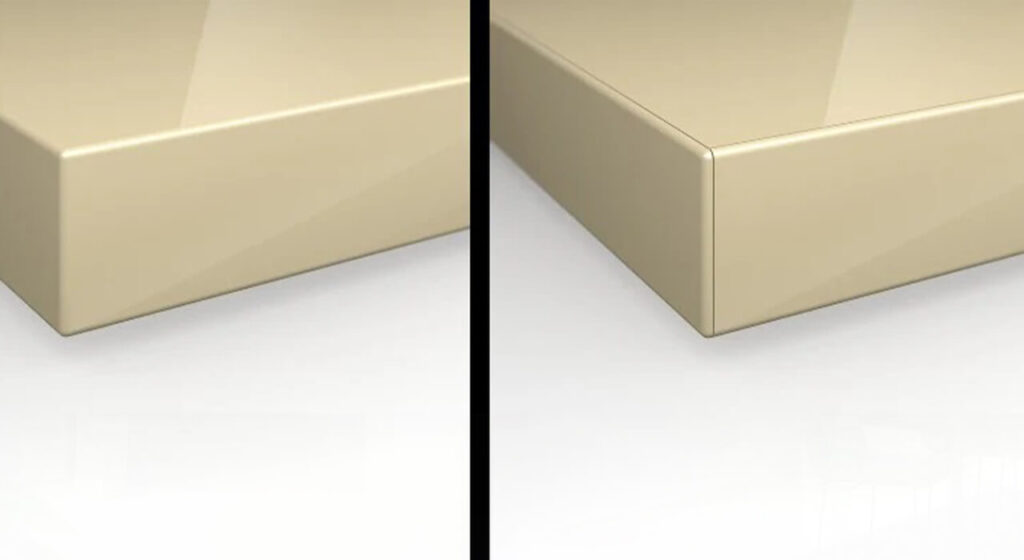
5.1. Traditional Glue‑Based Edge Banding
Advantages:
-
Low Initial Material Cost: Adhesives such as EVA or PUR glue are inexpensive and widely available.
-
Established Processes: Many manufacturers have long relied on glue‑based systems, making them familiar and well‑integrated into existing workflows.
Disadvantages:
-
Visible Glue Lines: Over time, glue can shrink, yellow, or become uneven, resulting in noticeable and unsightly seams.
-
Maintenance Intensive: Adhesive systems require frequent cleaning, purging, and maintenance. The process can be messy and hazardous.
-
Limited Aesthetic Options: Matching the glue’s color to the substrate is challenging, which limits design flexibility.
-
Potential Health Hazards: Handling hot adhesives can lead to burns and exposure to harmful fumes.
5.2. Zero Joint Edge Banding
Advantages:
-
Invisible Joints: The technology produces a seamless, monolithic finish with no visible glue lines.
-
Reduced Maintenance: Without the need for adhesive pots, production lines experience less downtime and lower maintenance costs.
-
Enhanced Durability: The bond created through the melting and fusing of the functional layer is robust, with improved resistance to heat and moisture.
-
Greater Design Flexibility: Manufacturers have access to a wider palette of colors and materials, allowing for highly customized finishes.
-
Improved Safety: Eliminating hot glue reduces the risk of burns and chemical exposure, contributing to a safer work environment.
5.3. VS
Below is a detailed comparison table that highlights the key differences between zero joint edge banding and traditional adhesive methods:
| Aspect | Zero Joint Edge Banding | Traditional Adhesive Methods |
|---|---|---|
| Appearance | Seamless, monolithic finish with no visible glue lines | Visible glue lines that can yellow, shrink, or swell over time |
| Durability & Performance | High bond strength with superior resistance to heat, moisture, and mechanical stress | May deteriorate over time; higher risk of delamination and performance issues under stress |
| Maintenance | Low maintenance; no glue pots to clean, reducing downtime and labor costs | High maintenance; frequent cleaning and purging of glue pots required |
| Material Cost | Eliminates recurring glue purchases; cost savings over the long term | Ongoing cost for adhesives (EVA, PUR) adds up over time |
| Production Efficiency | Faster, streamlined process with fewer steps; reduced production cycle | More complex process with multiple steps (glue application, curing, trimming) |
| Health & Safety | Reduced risk of burns and chemical exposure due to absence of hot adhesives | Higher risk of burns, fumes, and chemical exposure during adhesive handling |
| Customization & Color Matching | Extensive color options available; the functional layer can be perfectly matched with the substrate | Limited color matching options for adhesives, which may not complement the substrate seamlessly |
| Environmental Impact | Uses eco-friendly, non‑PVC materials; lower energy consumption | Often uses adhesives with potential environmental and health hazards |
| Equipment Investment | Requires specialized machinery (e.g., laser or hot‑air systems) with higher upfront costs; long‑term ROI can justify expense | Lower initial equipment costs, but higher ongoing maintenance and material expenses |
| Process Complexity | Simplified process; activation and fusion occur in one step | More labor-intensive process requiring multiple handling and quality checks |
6. Technical Considerations and Machine Compatibility
Before implementing zero joint edge banding, manufacturers need to assess the technical aspects and compatibility with existing machinery.
This section covers the essential considerations for a successful transition.
6.1. Material Specifications
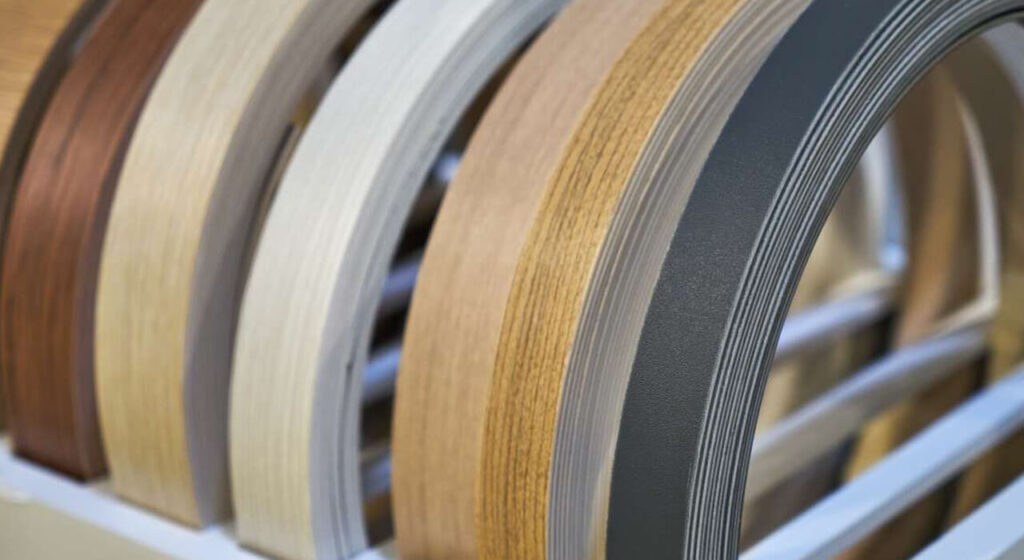
-
Functional Layer Composition:
The functional layer is typically made from high‑performance polymers such as polypropylene (PP) or ABS. These materials are selected for their excellent melting properties, durability, and resistance to heat and moisture. -
Color Matching:
One of the major advantages of zero joint edge banding is the ability to match the functional layer’s color to the substrate. This ensures that the edge appears completely seamless and integrated with the panel. -
Alternative Materials:
Some manufacturers have experimented with TPU (thermoplastic polyurethane) as a functional layer; however, TPU may not provide the long‑term stability that PP and ABS offer, sometimes resulting in slight glue line appearance over time.
6.2. Machine Requirements and Compatibility
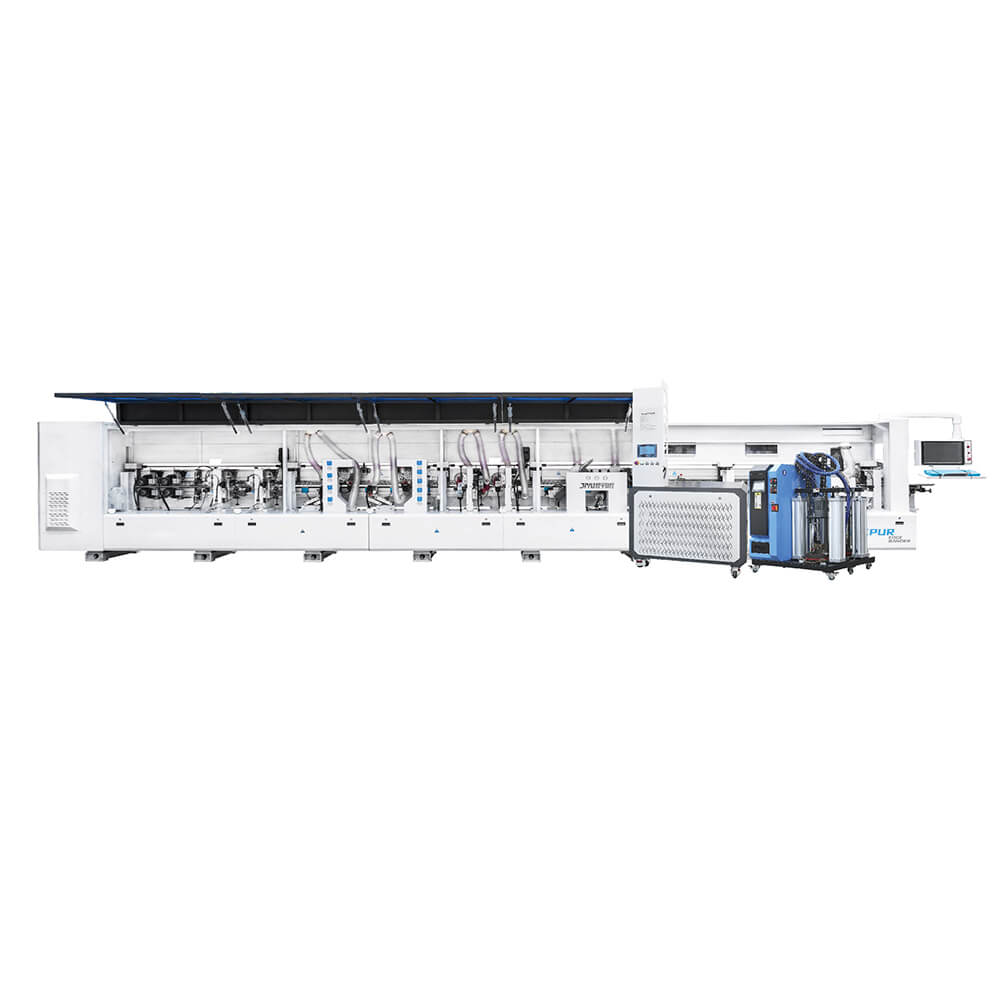
-
Heat Activation Methods:
Zero joint edge banding can be activated using several heat sources:-
Laser: Laser edge banding offers high precision and fast production speeds. Ideal for large‑volume production lines.
-
Hot‑Air: More cost‑effective than lasers, suitable for smaller operations.
-
-
Machine Upgrades:
Not all traditional edgebanders are compatible with zero joint technology. Many manufacturers must invest in specialized edge banding machine, such as laser edge banding machine or retrofit existing machines to support the activation process. -
Quick Change Systems:
Modern edgebanders often include tool‑free quick change systems for glue pots, enabling manufacturers to switch between adhesive‑based and zero joint processes with ease. -
Control Units:
Advanced control systems, such as Felder Group’s “advantEdge,” allow for precise adjustment of energy settings. This ensures that the functional layer is consistently and effectively activated.
Calibration and Quality Control
-
Process Calibration:
To achieve the desired seamless bond, it’s crucial to calibrate the machine settings precisely. Manufacturers should follow process guides provided by suppliers. -
Quality Monitoring:
Inline quality control systems can help detect deviations in the edge banding process. Data analytics and real‑time monitoring contribute to higher consistency and fewer defects. -
Training:
Investing in operator training is essential to fully leverage the advantages of zero joint technology. Well‑trained staff can optimize machine performance and ensure consistent results.
7. Cost Analysis and Return on Investment (ROI)
While the upfront investment for zero joint edge banding technology may be higher than traditional methods, long‑term savings and enhanced product quality often result in a strong return on investment (ROI).
This section provides an in‑depth cost analysis.
7.1. Upfront Investment
-
Machine Costs:
Zero joint edge banding machines, particularly those with laser activation, can be expensive. For instance, laser edge banding machine systems may start at approximately $750,000, while hot‑air systems may be priced between $200,000 and $250,000. -
Installation and Setup:
Additional costs include installation, calibration, and potential facility modifications. Training expenses for operators must also be factored in. -
Initial Downtime:
Transitioning to new technology may cause a temporary slowdown in production as operators adjust to the new process.
7.2. Long-Term Savings
Reduced Material Costs:
Zero joint edge banding eliminates the recurring cost of adhesives. Over time, these savings can add up significantly.-
Lower Maintenance and Labor Costs:
Without the need to manage glue pots, production lines experience reduced downtime, and labor previously devoted to cleaning and maintenance can be reallocated. -
Energy Efficiency:
The streamlined process consumes less energy, contributing further to operational cost reductions.
-
Enhanced Product Quality:
A seamless finish reduces the likelihood of warranty claims and product returns. Improved quality often translates into higher customer satisfaction and increased sales.
7.3. ROI Calculation
An ROI model for adopting zero joint edge banding might include:
-
Total Upfront Costs: Equipment, installation, and training.
-
Annual Operational Savings: Reduced material, labor, and energy costs.
-
Payback Period: The time needed for operational savings to offset the initial investment. Many companies report payback periods within a few years due to significant efficiency gains.

8. Future Trends in Edge Banding Technology
The field of edge banding is evolving rapidly as new technologies and market demands shape the future of woodworking and cabinetry.
Here are some trends and innovations that will likely define the next era of zero joint edge banding:
8.1. Integration with Digital Manufacturing
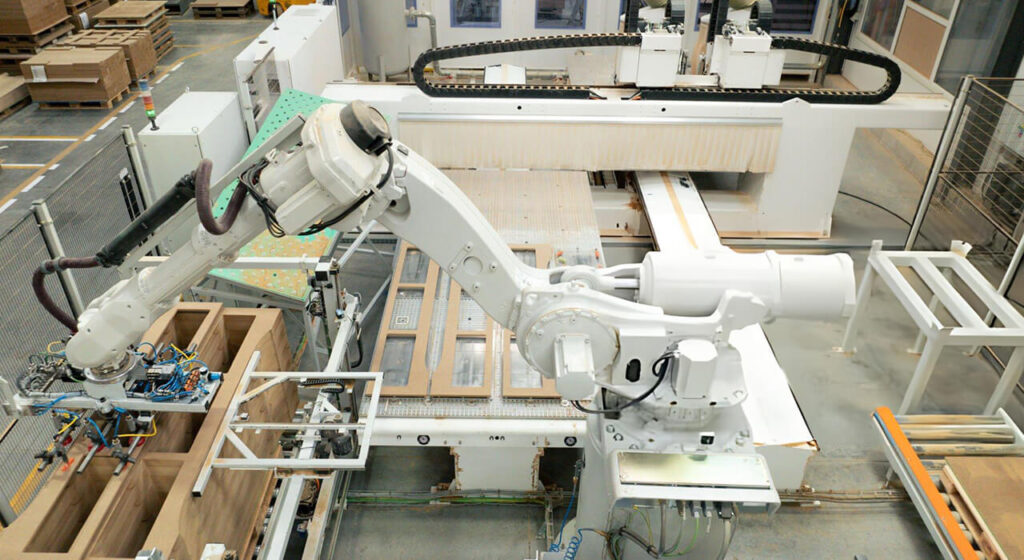
-
Smart Factories and Industry 4.0:
The integration of zero joint edge banding technology with digital manufacturing processes is creating “smart factories.” These systems leverage real‑time data analytics, automation, and IoT (Internet of Things) sensors to continuously optimize production parameters and minimize waste.
-
Machine Learning and Predictive Maintenance:
Advanced analytics and machine learning algorithms are being used to predict maintenance needs and optimize machine performance, ensuring consistently high quality and reduced downtime.
8.2. Sustainable and Eco‑Friendly Production
Non‑PVC and Chloride-Free Materials:
With growing regulatory and consumer demands for sustainable products, the use of eco‑friendly polymers such as polypropylene is on the rise. These materials not only provide superior performance but also meet environmental standards.-
Energy Efficiency Improvements:
Future developments will focus on further reducing energy consumption during the activation process, making zero joint edge banding even more cost‑effective and sustainable.
8.3. Broader Market Adoption
Accessibility for Smaller Manufacturers:
As costs decrease and technology becomes more accessible, smaller workshops and manufacturers will increasingly adopt zero joint technology, leveling the playing field.
-
Customization and Design Flexibility:
Innovations in material science are expected to expand the range of colors, textures, and finishes available, providing designers with greater flexibility to create custom, high‑end products.
8.4. Hybrid Systems and Process Integration
-
Combining Technologies:
Some manufacturers may opt for hybrid systems that allow them to switch between traditional glue‑based and zero joint methods, depending on the application. This versatility will enable companies to optimize production based on specific product requirements. -
Enhanced Process Controls:
Advances in control systems and automation will lead to even tighter tolerances and greater consistency in the edge banding process.
9. Conclusion
Zero joint edge banding represents a paradigm shift in the woodworking, cabinetry, and millwork industries.
By eliminating the need for traditional adhesives, this technology delivers a seamless, aesthetically superior finish while also offering significant operational and financial benefits.
As the industry continues to evolve, embracing this technology is not just an option—it’s a necessity.
By investing in zero joint edge banding solutions and partnering with leading suppliers such as REHAU, Felder Group, and Bestin Group, businesses can ensure that their products meet the highest standards of quality and innovation.
Embrace the future of woodworking and millwork, and let the seamless, invisible finish redefine your products.



